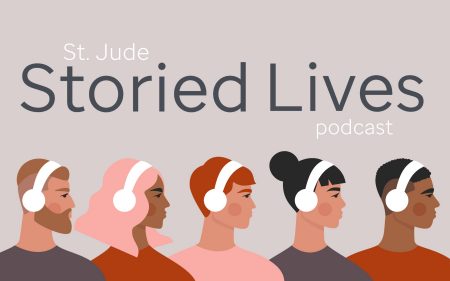
St. Jude develops new tool to track genetic variations for rare diseases, shares it freely
Scientists have developed and shared a computational tool that could help identify why some people are prone to rare diseases — from multiple cancers to neurodegenerative diseases like ALS.

May 31, 2022 • 2 min

Scientists at St. Jude Children’s Research Hospital have developed a computational tool that could help identify the genetics underlying why some people are prone to rare diseases — from multiple cancers to neurodegenerative diseases like ALS.
And St. Jude is sharing the tool freely with researchers who study rare diseases, helping scientists around the world learn more about how and why rare diseases occur.
Identifying the genetic variants that contribute to rare diseases may increase understanding of disease development and offer potential new avenues for therapy. But rare diseases by their nature occur in few individuals, so it had been hard to amass enough data to track these patterns and variations — until now.
St. Jude scientists created a tool called the consistent summary counts based rare variant burden test (CoCoRV) to analyze large public datasets for common variations that could predispose people to rare diseases.
“This is all a numbers game,” said corresponding author Gang Wu, PhD, director of the St. Jude Center for Applied Bioinformatics.
“Traditionally, if you have a small cohort study of 20 to 50 unrelated individuals with a very rare disease, you have almost no way to find a novel gene variant that reaches statistical significance,” Wu said. “Now we have an approach that can potentially help find novel disease predisposition genes.”
"CoCoRV is built upon the experience we have working with many, many sets of sequencing data, said Wenan Chen, PhD, St. Jude Center for Applied Bioinformatics, who is first author of the study published this month in Nature Communications. "We built that experience into a tool that would be helpful for others to use."
The study was supported by grants from the National Cancer Institute; the U.S. Public Health Service and National Institutes of Health; and by donors of ALSAC, the fundraising and awareness organization for St. Jude Children's Research Hospital.








